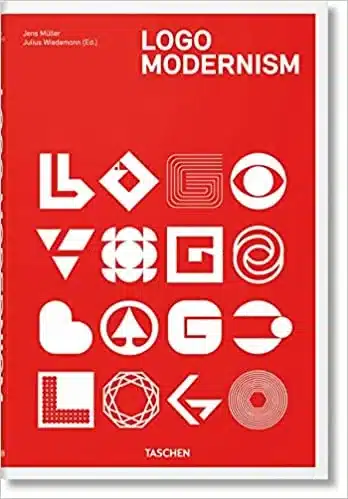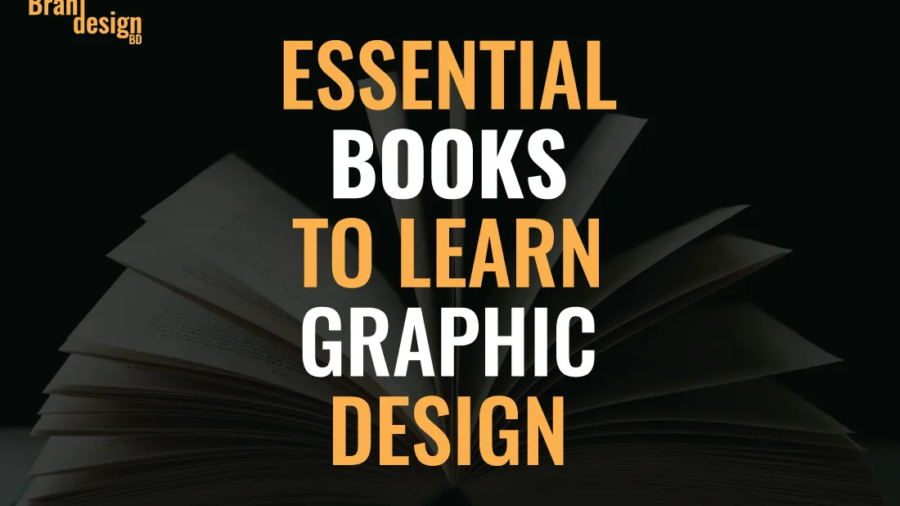
Graphic design is an exciting and dynamic field that involves the use of visual communication to convey information and ideas. Whether you are a complete beginner or an experienced designer, there are many essential books that can help you develop your skills and stay up-to-date with the latest trends and techniques.
✦ Here are some of the essential books to learn graphic design:

1.Design Elements, Third Edition: Understanding the rules and knowing when to break them – A Visual Communication Manual by Timothy Samara
The book covers a broad range of topics, from typography to color theory and composition. It provides clear and concise explanations of each concept, accompanied by visual examples and case studies.
One of the strengths of this book is its emphasis on understanding the rules of design and knowing when to break them. It highlights the importance of following design principles, such as balance, contrast, and hierarchy, but also encourages designers to experiment and push the boundaries of traditional design.
Another notable feature of this book is its focus on practical application. Each chapter includes exercises and projects that allow readers to apply the concepts they have learned to real-world design scenarios.
The book is well-organized and easy to navigate, with clear headings and subheadings that make it easy to find specific information. It is also beautifully designed, with plenty of visual examples that illustrate the concepts being discussed.
To find out this book
2.Design Better and Build Your Brand in Canva by Laura Goodsell
This book is for aspiring designers, social media managers, VAs, service-based businesses and solopreneurs with basic experience in Canva, who are looking to advance in a new skill, while creating their brand and perfecting their social and marketing materials on a budget. A basic understanding of Canva, including setting up a free Canva account, creating a basic design using a template, adding images and text boxes and changing the color of fonts will be helpful but not essential.
To find out this book


3. Made by James: The Honest Guide to Creativity and Logo Design by James Martin
Martin’s approach is based on the idea that design should be driven by a clear understanding of the client’s needs and the audience they are trying to reach. He emphasizes the importance of research and collaboration in the design process, and provides numerous examples of how he has worked with clients to create successful designs.
One of the strengths of the book is its focus on the role of creativity in the design process. Martin argues that creativity is not just about coming up with flashy or clever ideas, but about finding simple and effective solutions to complex design problems. He provides practical exercises and tips for developing your creative skills, such as keeping a sketchbook and seeking out inspiration in unexpected places.
The book also includes a section on logo design, which provides a step-by-step guide to the process of creating a memorable and effective logo. Martin emphasizes the importance of simplicity and versatility in logo design, and provides numerous examples of successful logos and the thinking behind their creation.
To find out this book
4. Creating a Brand Identity: A Guide for Designers: (Graphic Design Books, Logo Design, Marketing) by Catharine Slade
The book covers a wide range of topics related to brand identity, including the importance of research, creating a visual identity system, and developing brand guidelines. It also includes case studies and examples of successful brand identities, providing practical insights into the design process.
One of the strengths of the book is its emphasis on the strategic aspects of brand identity. Slade-Brooking argues that a successful brand identity is not just about creating a visually appealing logo or website, but about developing a clear and consistent message that resonates with the target audience.
She provides practical tips for conducting research, developing a brand strategy, and creating messaging that communicates the brand’s values and personality.The book also includes a section on the visual elements of brand identity, such as color, typography, and imagery. Slade-Brooking provides guidance on creating a visual identity system that is flexible, scalable, and consistent across all touch-points.
To find out this book


5. The History of Graphic Design. Vol. 2. 1960–Today by Jens Müller and Julius Wiedemann
The book is organized chronologically and provides a detailed overview of the key movements, designers, and works that have shaped graphic design in the modern era. It covers a wide range of styles and approaches, from Swiss Style and postmodernism to digital design and the rise of social media.
One of the strengths of the book is its emphasis on the social and cultural context in which graphic design has evolved. The authors provide insights into the political and social movements that have influenced design, as well as the technological advancements that have enabled new forms of expression and communication.
The book is also richly illustrated, with hundreds of full-color images of design work from around the world. Each chapter includes profiles of key designers and studios, as well as interviews and essays that provide additional context and insights.
To find out this book
6. Logo Modernism by Jens Müller
The book is a multilingual edition, featuring text in English, German, and French. It is divided into three main sections: Geometric, Effect, and Typographic, each of which explores a different aspect of Logo Modernism.
The Geometric section focuses on logos that use simple shapes and forms, while the Effect section features logos that use optical illusions and other visual effects to create a sense of depth and dimensional. The Typographic section explores the use of typography in logo design, including the use of sans-serif typefaces and grid layouts.
The book also includes essays by leading design experts, as well as interviews with some of the key designers associated with Logo Modernism, such as Paul Rand, Ivan Chermayeff, and Tom Geismar.
It is a comprehensive and visually stunning survey of the Logo Modernism movement, featuring over 6,000 logos and trademarks from the period between 1940 and 1980.
To find out this book

In conclusion, these are just some of the essential books to learn graphic design. Whether you are a beginner or an experienced designer, these books can help you develop your skills and stay up-to-date with the latest trends and techniques in the field. So, if you want to be a graphic designer invest in a few of these books, and start building your skills and knowledge today.


